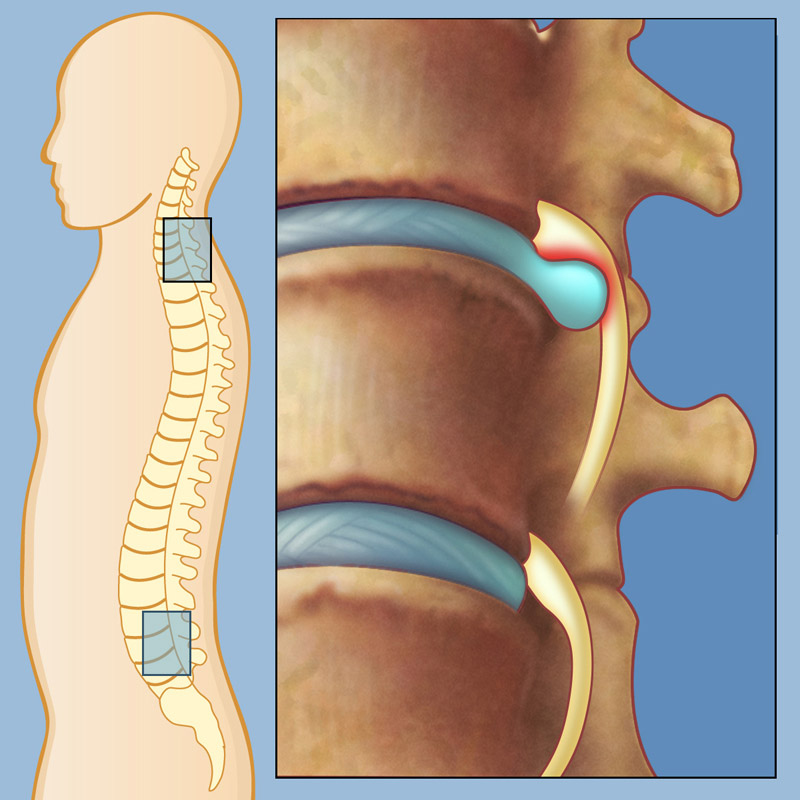Suffering is a common occurrence that can significantly impact our routine lives. Whether it's a unexpected wound or a long-term condition, the quest for efficient pain management is a widespread struggle shared by many. In the face of this issue, various modalities have emerged, each promising relief and greater quality of life. Among these methods, acupuncture has achieved popularity as a natural option for pain relief, often accompanied by false beliefs.
This article aims to investigate the role of acupuncture in pain relief, delving into the most widespread myths and uncovering the truths supported by empirical studies. We will provide a detailed guide on pain management, covering different types of pain, treatment options, and non-traditional therapies. By understanding the science behind pain and the integrative approaches available, we can empower individuals to make educated decisions about their pain management strategies. Join us as we navigate through the complexities of pain, focusing on both traditional methods and advanced solutions in the pursuit of comfort.
### Comprehending Suffering as well as The Types
Pain acts as a complex plus multifaceted experience that serves as a crucial signal indicator from the organism. https://diigo.com/0yvtjk is characterized as an uncomfortable sensory plus affective experience associated with actual or likely bodily injury . Comprehending discomfort is key to efficient management as well as relief , as it can significantly impact a person's standard of living . Knowing https://mccain-delacruz-2.hubstack.net/exploring-acupuncture-in-pain-treatment-fallacies-and-facts of pain aids in choosing appropriate interventions as well as therapies to address particular needs .
We have primarily a pair of classifications of pain : sharp as well as chronic . Sharp pain is typically short-lived as well as commonly is caused by a distinct damage as well as condition . It fulfills a biological purpose , alerting the body to harm that demands prompt care . Conversely , ongoing suffering endures for greater durations, commonly lasting beyond 3 , as well as can persist even subsequent to the original damage has treated. This type of pain tends to be more complicated to treat , because it can be difficult to possess a clear trigger as well as can influence mental health .
In addition to sharp plus chronic suffering, we find several particular types of suffering that require diverse methods to treatment . Tissue pain originates from corporeal injury to physical systems, whereas nerve-related pain comes from neural harm, leading to atypical pain sensations. Moreover, we find psychogenic pain , that comes from mental or psychological factors as opposed to physical harm. Identifying these distinctions helps clinicians to tailor their treatment approaches successfully, ensuring more successful discomfort handling plus improved client outcomes .
Pain Relief Methods and Treatments
Pain management encompasses a variety of methods and therapies designed to reduce discomfort and enhance quality of life for people suffering from severe or chronic pain. Traditional methods, such as medication, play a significant role in pain management; however, many individuals are seeking other options due to concerns over narcotic dependence and adverse effects. The integration of alternative approaches, including physiotherapy, chiropractic care, and massage, can provide successful relief by addressing underlying issues and promoting holistic well-being.
Acupunctural therapy, a key component of complementary medicine, is gaining popularity as an efficient method for pain relief. By triggering specific points on the body with delicate needles, acupuncture can help release natural painkillers and regulate the flow of energy. Many individuals report considerable reductions in pain, particularly for issues such as joint pain, migraines, and lumbar pain. Understanding how this method works in conjunction with other therapies can provide a integrated approach to pain management.
In recent years, developments in managing pain techniques have emerged, including interventional methods like nerve blocks and radio frequency treatment. These less invasive procedures offer focused relief for chronic pain by interrupting pain signals sent to the brain. Additionally, combining these interventions with lifestyle modifications, such as exercise, mindfulness, and dietary changes, can create a complete pain management plan that addresses both the physical and psychological aspects of pain.
### Supplementary Treatments plus Daily Living Practices
Examining complementary treatments may offer significant gains to individuals looking for comfort from discomfort. Needling, such as, has been acquired esteem for its capability in ease various forms regarding soreness via activating particular points in the physical form. Such historic technique aims for the purpose of restore equilibrium and promote the physical body's innate restorative mechanisms, providing an option to those those wanting non-medical options. Several individuals have noted enhancements regarding either acute or acute as well as persistent discomfort disorders, turning acupuncture a beneficial addition in discomfort therapy interventions.
Incorporating lifestyle adjustments may as well serve an essential function for managing suffering efficiently. Regular exercise, adapted to specific requirements, might strengthen muscles as well as improve mobility, lessening total unease. Methods such as gentle yoga and gentle flexibility exercises not just boost their physical condition but aid with managing anxiety levels, that may be a contributing factor on pain. Nutrition also has a role during play; adopting an anti-inflammatory eating plan loaded with varieties of fruits, green vegetables, along with nutritious fats may further enhance pain reduction and total well-being.
Being mindful as well as stress relief techniques cannot be ignored as part of a holistic pain management strategy. Adopting practices such as guided meditation, breath work, plus progressive muscle relaxation might benefit patients deal with the mental aspects associated with suffering. Through fostering calmness while also mitigating anxiety, these methods may improve the effectiveness for alternative approaches, leading to a holistic approach highlighting the significance of both the mind and physical health during suffering control.

